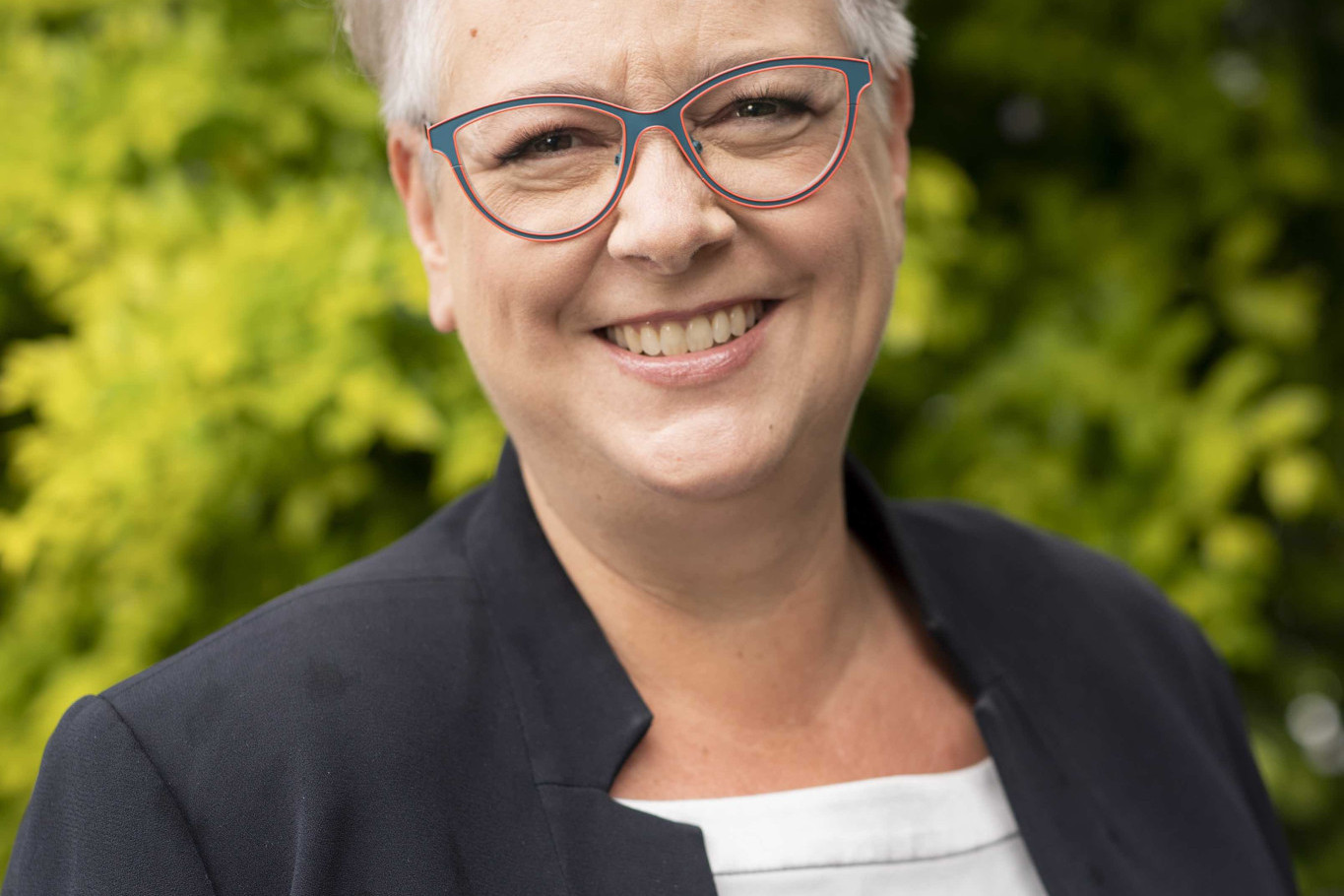General news
10 May, 2025
WEEKEND EXTRA: Farmers still battling DECCEW over flawed listings
Bland Shire Farmers Call Out Flawed Vegetation Listing in Ongoing Standoff with NSW Government

FARMERS across the Bland Shire are digging in for an ongoing fight with the NSW Department of Environment, Climate Change, Energy and Water (DECCEW), accusing the department of relying on “flawed and outdated” science to justify vegetation listings that are blocking landholders from using their own properties.
The battle, led by the local Landholders Right to Farm Group, centres on the listing of a Critically Endangered Ecological Community (CEEC) that landholders say is based on vegetation mapping data as old as 2005 — data that they call “laughable.”
One map used to justify the CEEC status reportedly showed only 200 hectares of certain native vegetation across the region. Landholders have provided evidence that one property alone contains 800 hectares of that same vegetation type.
“The figures just don’t stack up,” said Annabelle Davis, spokesperson for the Landholders Right to Farm Group. “This has gone well beyond a disagreement over conservation. We are being regulated off the land by incorrect maps and dodgy classification methods.”
The controversy deepened when the listing's author proposed “lumping” several different types of vegetation together to form a CEEC — a move critics say ignores ecological science.
“I didn’t know ‘lumping’ was a scientific term,” said one frustrated landholder. “Apparently it’s not.”
According to independent research scientists consulted by the group, the vegetation in question — particularly Blue Mallee and Broombush — does not meet the criteria of being critically endangered when considered as individual species. Despite this, the listing currently classifies three distinct vegetation groups under a single CEEC label, a decision that critics argue is ecologically and scientifically unsound.
The result has been a significant curtailment of farmers’ ability to manage and utilise their own land, despite longstanding conservation efforts by landholders themselves.
“For the Landholders Right to Farm group, the words: conservation, biodiversity, regeneration are not just policy,” Davis said. “They are real-world actions undertaken by our farmers for decades — and that is the reason the native vegetation in West Wyalong is thriving.”
The group has called on Environment Minister Penny Sharpe to use her powers under Section 60K(s) of the Local Land Services Act to correct known mapping errors and act on her earlier commitment to request a review of the CEEC listing by the Threatened Species Scientific Committee.
“To date, we are still waiting,” Davis said.
She also called for the government to follow the lead of major international environmental authorities, stating, “It is time to work the science of environment and sustainable agriculture. The International Union for Conservation of Nature (IUCN), the global authority on the status of the natural world, promotes conservation through sustainable use, as does the United Nations Convention on Biodiversity. It is time that the NSW Government and DECCEW does the same.”
As the stand-off continues, landholders say their livelihoods, local biodiversity, and the principles of sound science all hang in the balance.
Read More: West Wyalong

